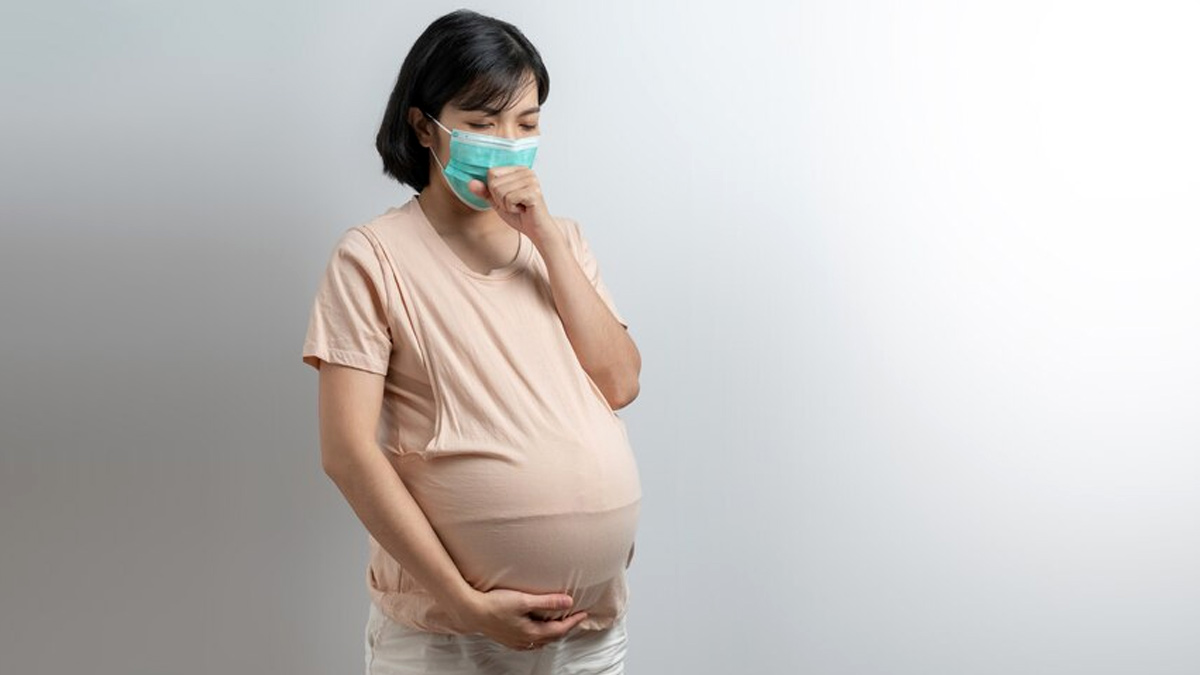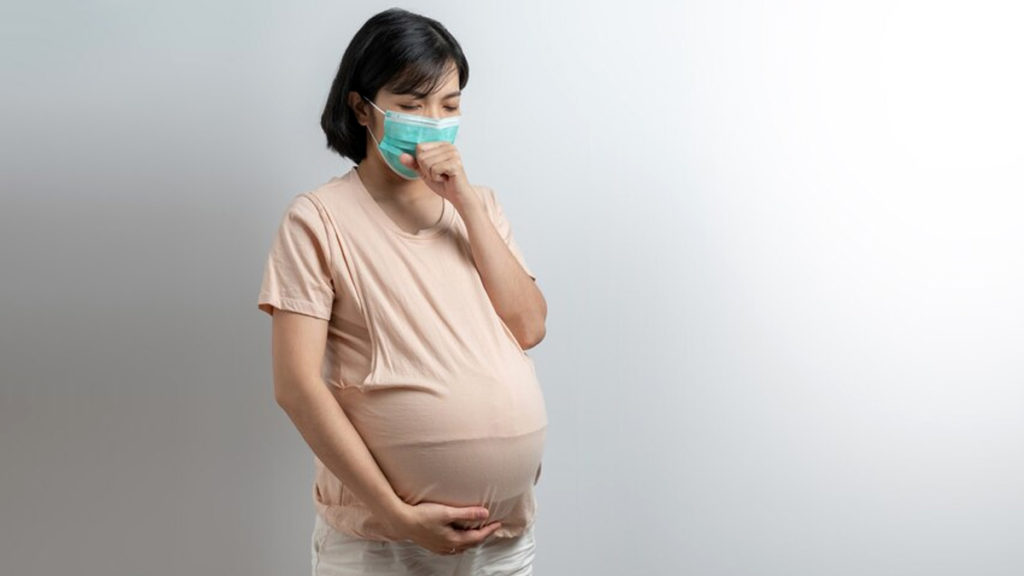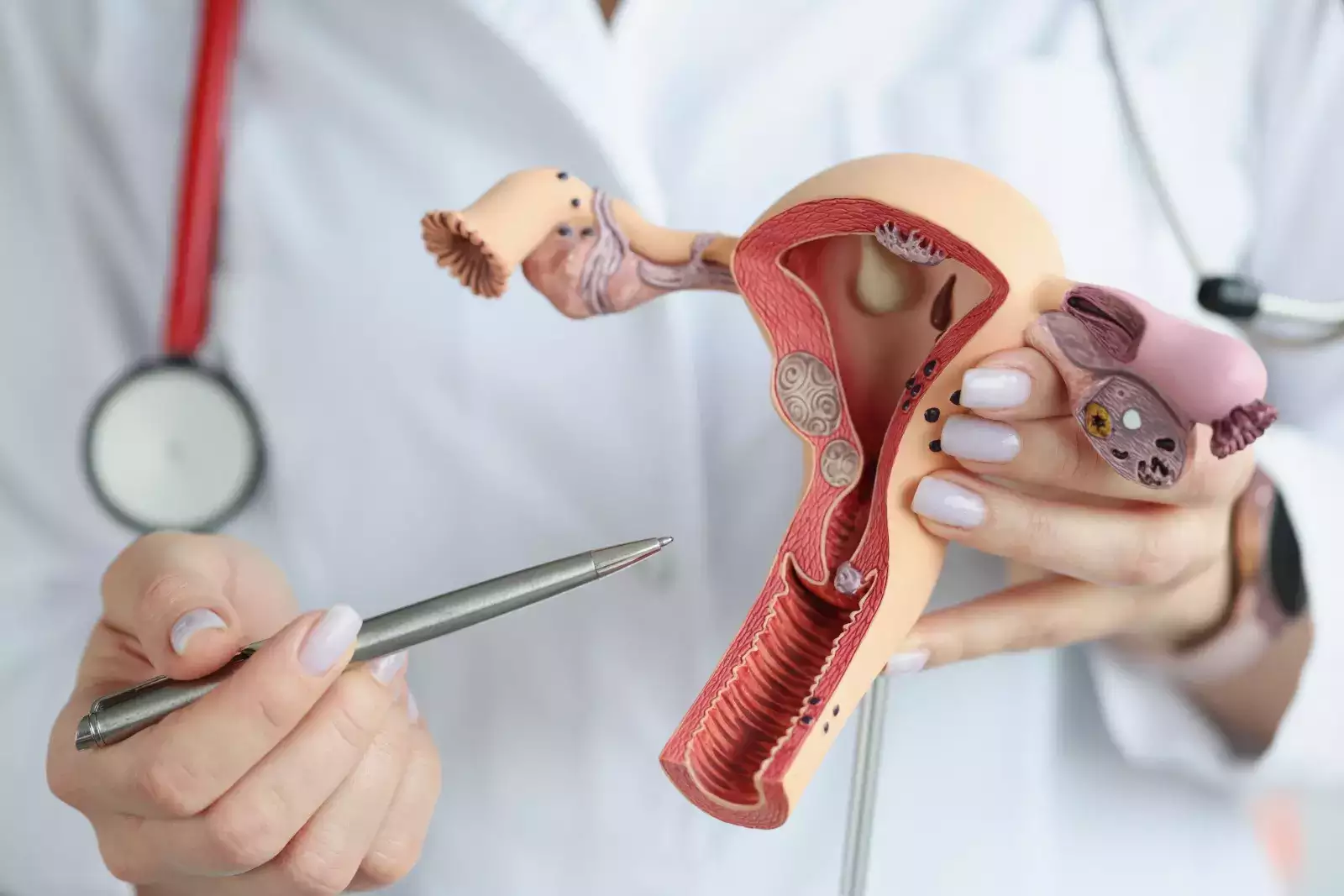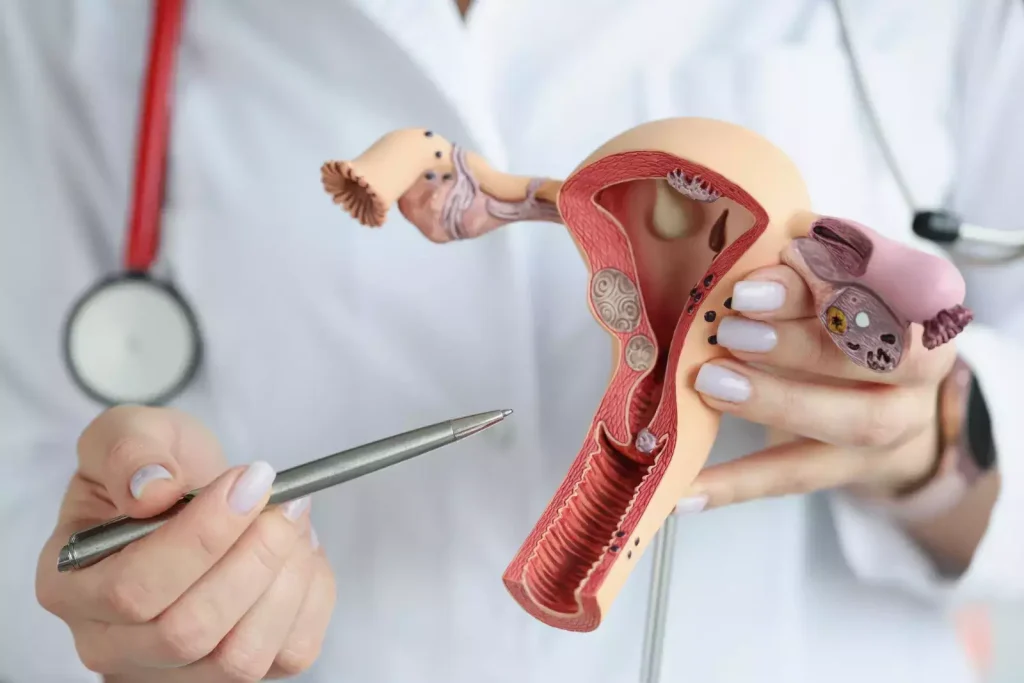The spinal cord of the baby starts forming in this month, the mother has to be very careful

All the organs of the baby develop in the womb of the mother. The formation of vital organs starts right after conception and some organs continue to develop till the birth of the baby. The spinal cord is very important in the human body and in this article Dr. Tanveer Ahuja, Senior Consultant, Department of Gynaecologist, Motherhood Hospital, Noida, is telling how and how the spinal cord of the baby develops.
development of the baby in the womb
Dr. Tanveer said that from conception till labor, changes and development of the baby go on. It passes through several stages like initially blastocyst, then embryo and finally embryo. Future cardiac cells begin to form in the embryo around the fifth week. The wake cycle starts from the 27th week and by the 39th week the body of the baby is developed.
spinal cord structure
Your baby’s brain and spinal cord begin to develop for the first time three weeks after conception. The baby’s central nervous system is formed from these components and as the baby develops further, the skull forms which protects the brain. The spinal cord is encased and protected by the spinal column, made up of more than 30 bones that form an intricate network of nerves. It works to transmit signals from the baby’s brain to the muscles and organs.
photo credit: pexels
neural tube is formed
The neural crest runs along the outer margin of the growing neural tube. The young have a small tadpole-shaped crest that extends down its back. It makes millions of nerves which are spread all over the body, in the brain and spinal cord. These nerves signal how to behave to the muscles and organs and the brain and spinal cord process those signals or messages. In the first eight weeks of pregnancy, these nerves begin to connect to the baby’s eyes and ears, along with muscles, other tissues and organs.
photo credit: unsplash
Baby’s Spine Cord Development
Around the 12th week, the nerves start triggering baby’s reflexes with basic messages. This means that the baby can curl its toes and close its fingers. In addition, the infant may engage in thumb sucking and eye rolling.
Around the baby’s nerves, a yellowish protective layer called myelin starts to develop from around 20 weeks. Myelin insulates the nerves and speeds up their complex communication system. Myelin continues to expand during pregnancy and throughout the first year of a baby’s life.
photo credit: pexels
sensory development takes place
The nerves that control the baby’s senses of hearing, sight, smell and taste connect to the organs associated with them after 28 weeks. The baby can also differentiate between colors and blinks in response to bright light. Brain development occurs throughout pregnancy, accelerating in the third trimester as the baby’s brain triples in size. A baby’s brain continues to develop even after birth.
A child’s brain is about one-fourth the size of a normal adult’s brain. It doubles in the first year. At age 3, it will be about 80% of adult size and by age 5, it will be 90% of adult size or nearly fully developed.
Note: If you also have any pregnancy problem or complication on which you want to take advice or expert advice from gynecologist, then you can send it to nbtlifestyle@timesinternet.in. Your identity will be kept secret.


 Toll Free Number
Toll Free Number

















